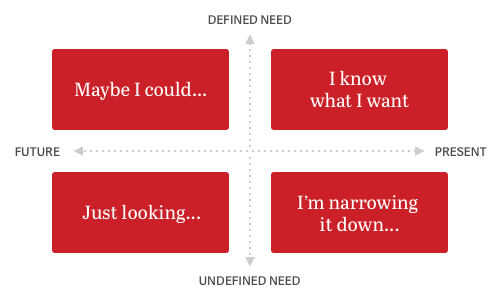
Full disclosure: I wasn’t looking forward to writing this blog, actually I dreaded it. But once I got over it and put on my “big girl panties” I decided to just follow the example of the bloggers that I enjoy and follow – have fun and talk to the reader like I would talk to my friends, so that is what I am going to do (with a little APA of course). Now that I have figured out how I am going to write this blog entry, next is the what. I Googled “what’s out in marketing” and other similar topics but nothing really moved me. So, I after I took a break and watched some reality TV (my guilty viewing pleasure) I decided to not let this class shape my post but to write about a subject that I LOVE and make it relate to the class. And that subject is Pinterest!
For those of you that may not know Pinterest (www.pinterest.com) is an online bulletin board that can be used to save and organize things that Pinners see on the internet that inspire them and/or that they would like to try (About, n.d.). Simply put users can pin their interests to their boards, electronically storing everything in one place that can be accessed anytime from a computer, tablet or mobile phone. Pinterest is also a community where Pinners can follow the “boards” of other users for inspiration and leave comments about each other’s “pins”. Pins are bookmarks of whatever the user likes that users place on their boards that link back to the original source (About, n.d). Boards are where the pins are organized however the user likes, by event or category like art s& crafts; they can be shared with the public or be private (About, n.d.). Pinners are Pinterest users. Now you know the Pinterest basics. How does it relate to communication and marketing? I am glad you asked!
Pinterest is a social media site that engages users and drives traffic to business websites (Teicher, 2011). Many businesses even have a “Pin it” button on their websites and product pages. A user can see something on a website, like that of Bed, Bath and Beyond, click the Pinterest button and pin the product directly to their board. The pin will now show up in the feed of the followers of that board and/or pinner. From there the follower can follow the original link to the product page or “repin” the pin to their own board to review at a later date. The interaction and visual stimulation of Pinterest has led to more traffic on the sites of businesses that utilize Pinterest (Teicher, 2011).
In addition to increased internet traffic , how people use Pinterest is very similar to the traditional consumer journey. Pinterest researcher Larkin Brown recently shared his findings to the question, “why people pin?” (Brown, 2014). According to Brown, people use Pinterest to pursue their interests but these interests evolve over time into four core stages of interests (Brown, 2014). These stages of interests are what Brown used to develop and identify the four Pinterest mindsets.
Defined these four mindsets and there traditional customer journey are:
I’m Just Looking = Awareness
- This Pinner is browsing Pinterest with no particular goal in mind
Maybe I Could… =Consideration
- The Pinner is exploring new interests or products
I’m Narrowing it Down = Intent
- This Pinners knows what they want but don’t have a defined timeframe to purchase
I Know What I Need = Decision/Purchase
- Pinner knows what they want and they want it now
Pinterest is a new medium and its potential as yet to be fully realized, but it should be a welcomed addition to any social media mix. Increased internet traffic and using the similarities between the Pinterest mindset and the consumer journey can help businesses pin with a purpose and that purpose is to turn pins into purchases. Businesses must pin with the Pinterest mindsets in mind (no pun intended). If the business’ pin can spark interest, creativity or a need in a pinner they have a greater potential convert that pinner/follower into a loyal customer.
Sources
About (n.d.) Pinterest. Retrieved from http://about.pinterest.com/basics/
Brown, L. (2014). How people explore their interests on Pinterest. Pinterest Business Blog.Retrieved from http://businessblog.pinterest.com/post/77971917462/how-people-explore-their-interests-on-pinterest
Pilon, A. (2014). 4 different pinterest mindsets: Can knowing these improve your marketing? Small Business Trends. Retrieved from http://smallbiztrends.com/2014/03/pinterest-mindsets-marketing.html
Teicher, D. (2011). Real simple: Pinterest drives more traffic for us than facebook. Advertising Age. Retrieved from http://adage.com/article/digitalnext/real-simple-pinterest-drives-traffic-facebook/231576/


11 Responses to From Pin… To Purchase